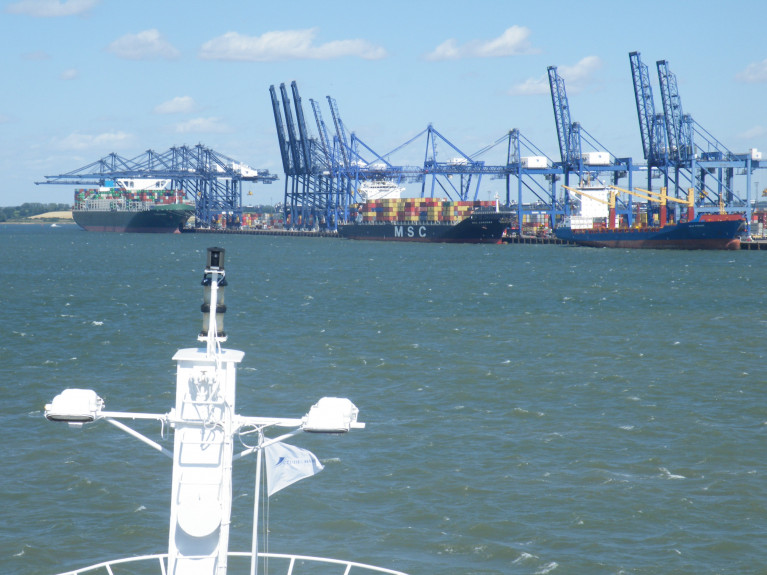Shipyard orderbook for containerships could rise as high as 24% of the existing fleet if a spate of unconfirmed orders go to completion, threatening an ‘overheated’ market and eventual oversupply.
“Ocean carriers, non-operating owners, investment banks and lessors have gone all-in on container ship newbuildings in the first half of this year, signing well over 300 vessel orders at Chinese, Korean and Japanese yards,” said Alphaliner.
The tonnage on order would have an aggregate capacity of 2.9m teu, or 11.8% of the existing total boxship fleet capacity of 24.5m teu.
But when combined with orders that started again in earnest in the second half of last year, the full orderbook is now 4.9m teu, with the orderbook-to-fleet ratio doubling to 19.9% at the end of June, from 9.4% a year ago.
There was also a “grey zone” of reported but unconfirmed orders that could push up numbers, and further confirmed orders have emerged in the weeks since the end of the first half, Alphaliner noted.
Ocean Network Express is understood to be among those looking for more tonnage with an order for six 24,000 teu vessels. South Korea’s TS Lines has also ordered four 7,000 teu units in the past week.
Yang Ming, which this week denied that it had returned to the yards, remains another candidate for new orders, along with Cosco, Alphaliner said.
The story, LloydsLoadingList continues here.


























































